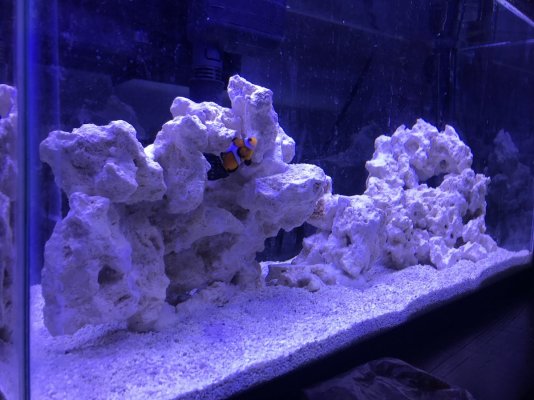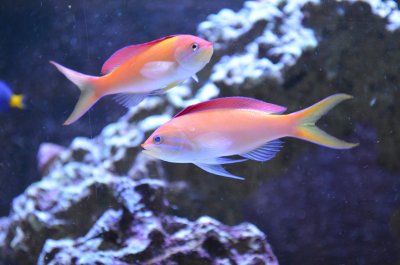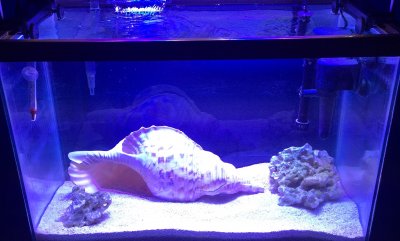Good morning,
I am about to set up a 140g total setup and I am using Marco rocks. I have 60lbs of Fiji pink agra alive sand, and have Dr. Tims fishless cycle. My friend is going to give me about 20lbs of live rock he has had in his aquarium for about 8 years.
My question is will I need to go through the entire cycle with Dr. Tims being that I will have live rock as well? Will the process still take 30-45 days? I am in no hurry, just trying to plan. Thanks in advance for any assistance.
I am about to set up a 140g total setup and I am using Marco rocks. I have 60lbs of Fiji pink agra alive sand, and have Dr. Tims fishless cycle. My friend is going to give me about 20lbs of live rock he has had in his aquarium for about 8 years.
My question is will I need to go through the entire cycle with Dr. Tims being that I will have live rock as well? Will the process still take 30-45 days? I am in no hurry, just trying to plan. Thanks in advance for any assistance.




















